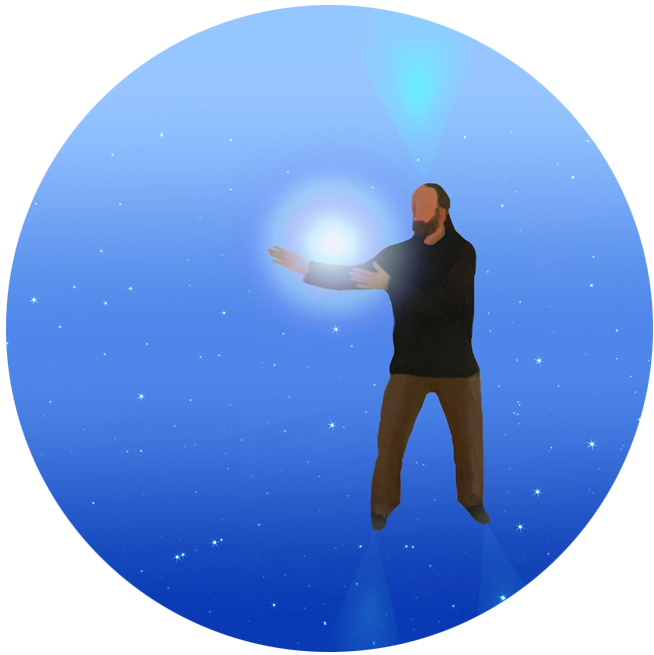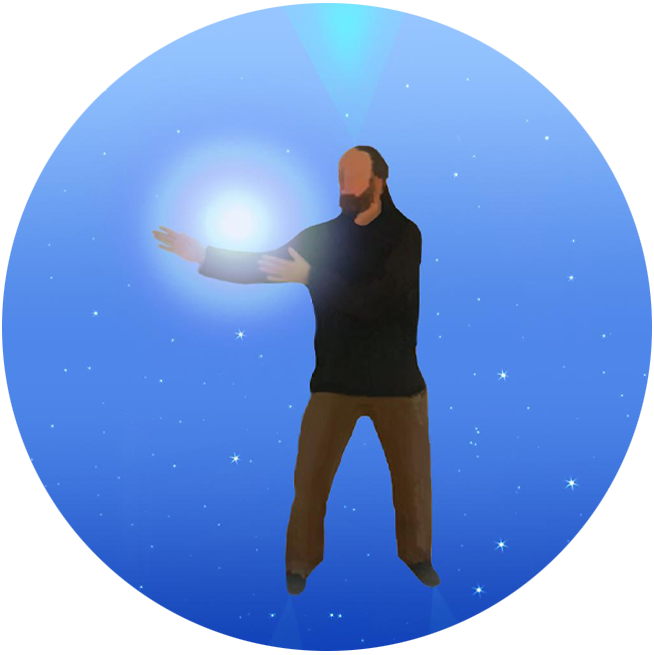Eastern Healing Arts’ Assessment for Certification
Please complete and submit the following online assessment. You will be graded on your answers to qualify for certification.
You may download a pdf version of this assessment here.
Part I: Let’s Talk Qi Healing
Qi Healing is a discipline with a special vocabulary. Every Qi healer should recognize the terms in the list below. Use each term one time to “fill in the blanks” in the statements that follow the list.
- Acupoints
- Acupressure
- Bai Hui Xue
- Channels
- Coherence
- Health field
- Lao Gong Xue
- Mei Xin Xue
- Qi
- Qi coat
- Qi induction
- Qi Shen
- Qi Xu
- Qi Xue
- Resonance
- Shao-Lin Stick
- Tian Tu Xue
- Tui Na
- Xia Dan Tian
- Yong Quan Xue
- Zhong Xue


